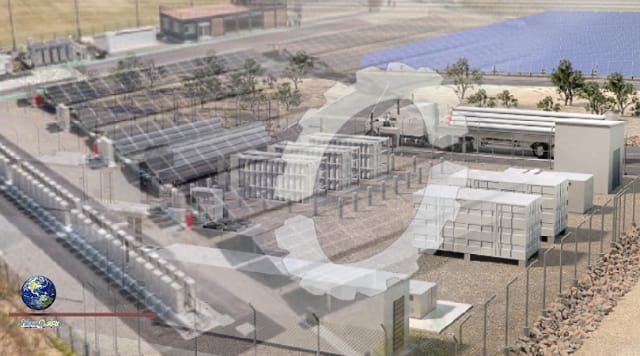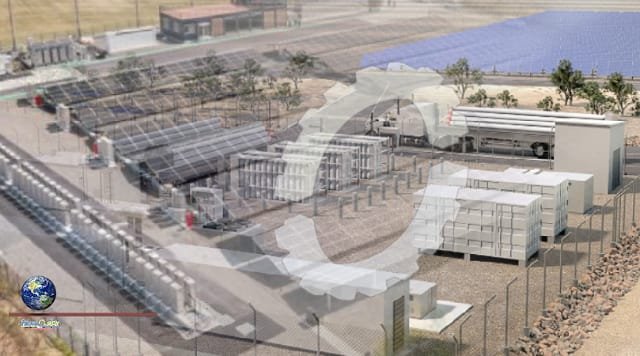Japanese electronics manufacturer Panasonic has commissioned a pilot Hydrogen plant combining photovoltaics with storage and fuel cells at its fuel cell factory in Kusatsu, Shiga Prefecture, in central Japan.

The system has a power output of 1.07 MW, with 570 kW are provided by the solar array and 495 kW by Panasonic’s own fuel cell systems. It also relies on lithium-ion batteries with a combined storage capacity of 1.1 MWh. The Kusatsu site has a peak demand of around 680 kW and an annual power demand of around 2.7 GWh.
The pilot facility occupies a surface of around 6,000 square meters. It is purportedly the world’s first attempt to pilot a Hydrogen plant create a factory powered by 100% renewables through the full-scale use of hydrogen.
“Through this demonstrator, we will acquire know-how and data related to energy management, Hydrogen plant including the operation of pure hydrogen fuel cells,” the manufacturer said. “The generated power will cover all the electricity needed by the manufacturing department of the fuel cell factory in the Kusatsu base.”
The facility was built with 99 Panasonic H2 Kibou fuel cell systems with capacities of 5 kW each. The system works with pure hydrogen at a density of more than 99.97%, and achieves electrical efficiency of 56%. It measures 834 mm × 417 mm × 1,766 mm and weighs 205 kg, including the design panel.
The fuel cell generator can be used with an operating temperature between -10 C and 40 C, at altitudes not exceeding 500 meters. During power outages, it is able to generate electricity and to use up to 2.5 kW of its capacity for at least 120 hours.
Source: This news is originally published by .pv-magazin
